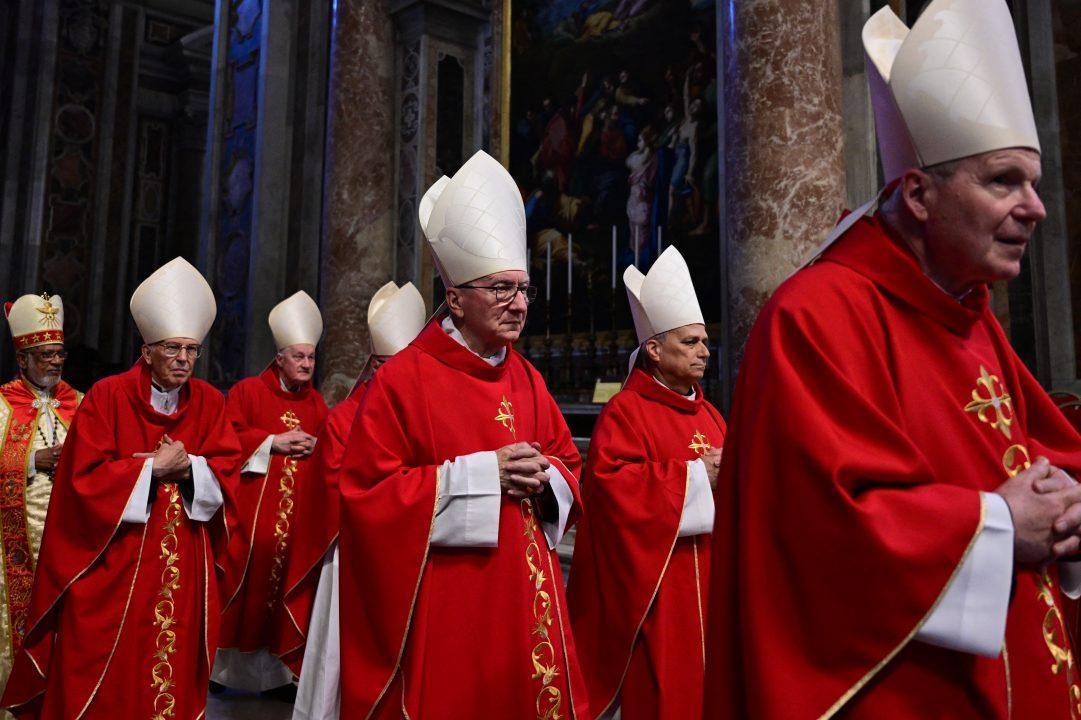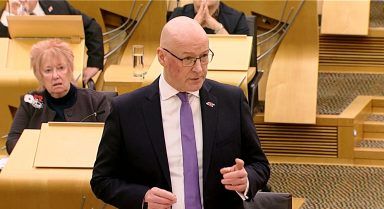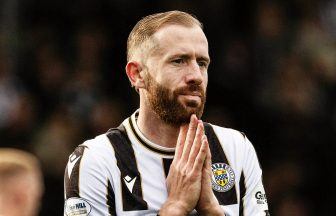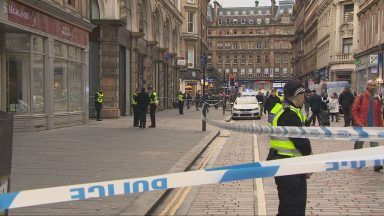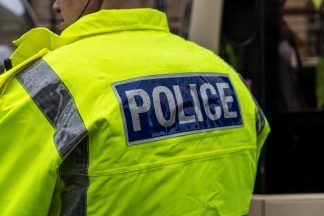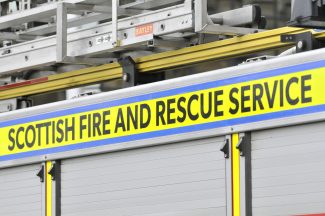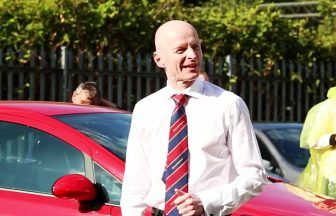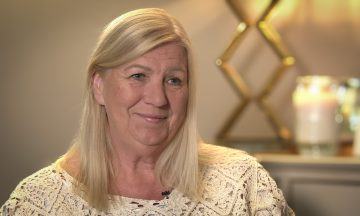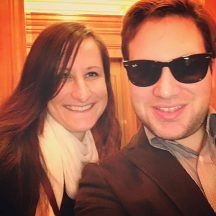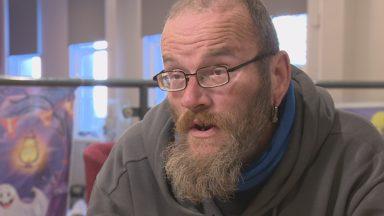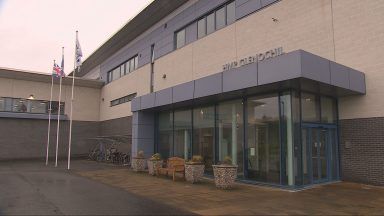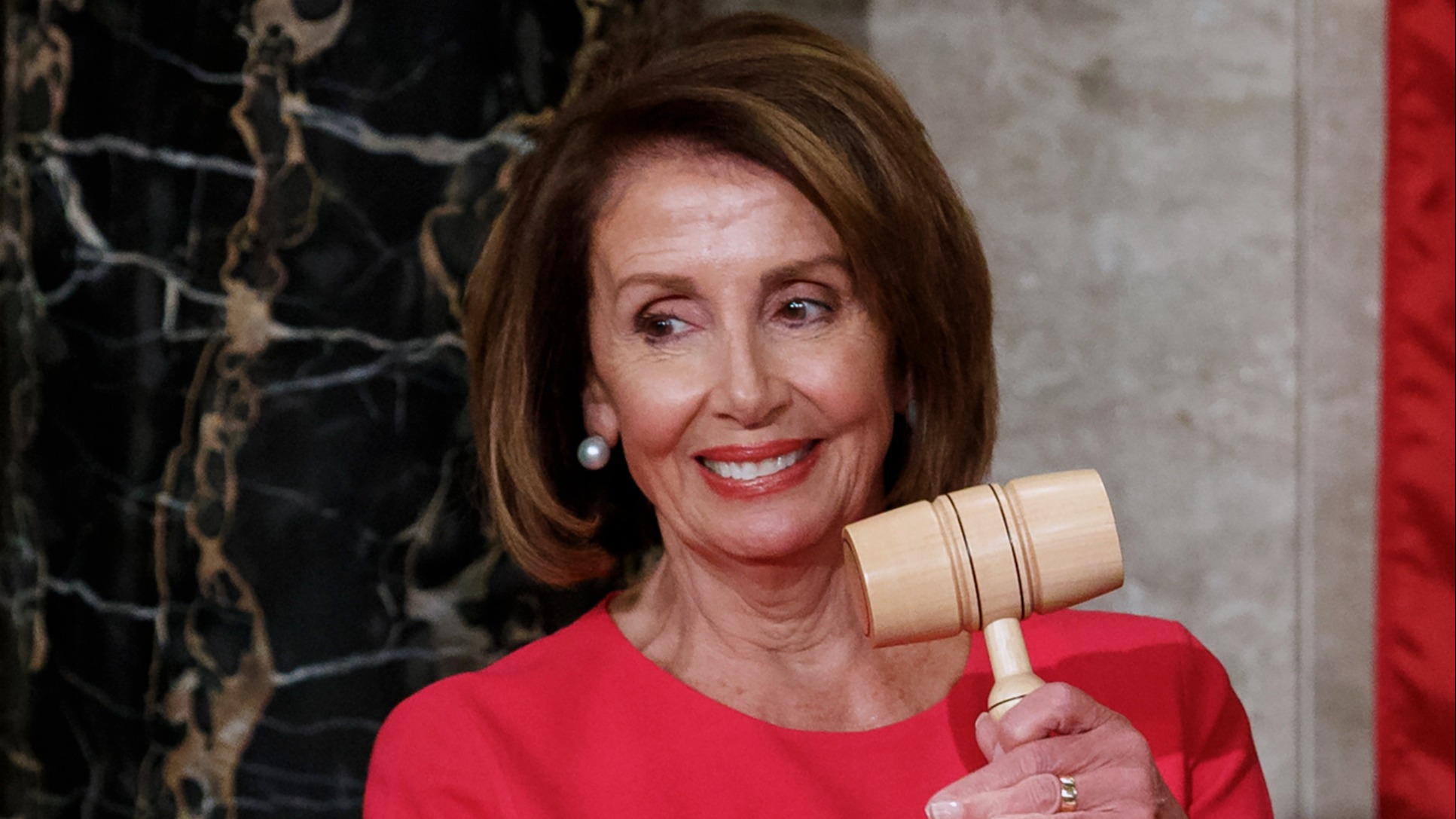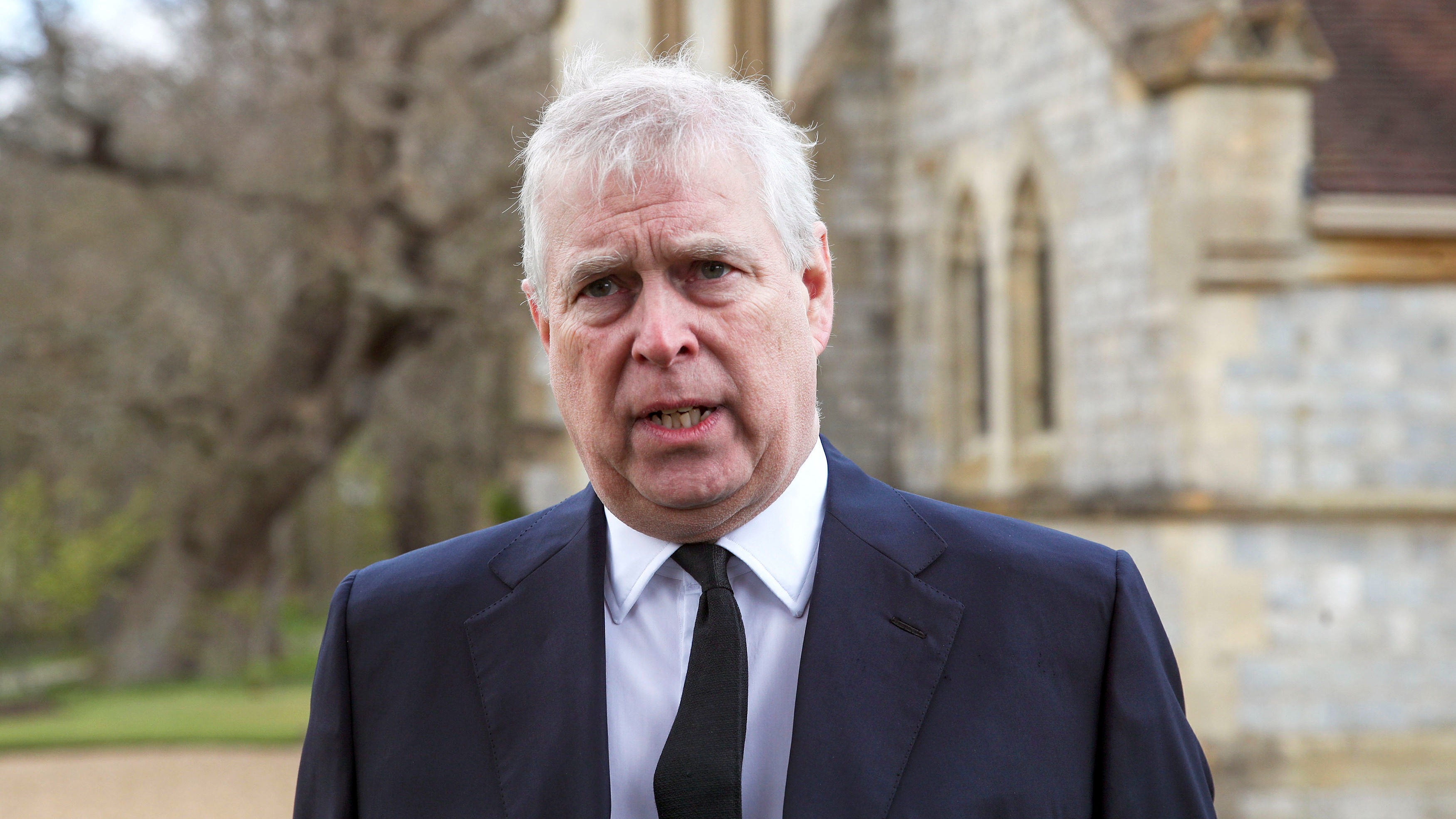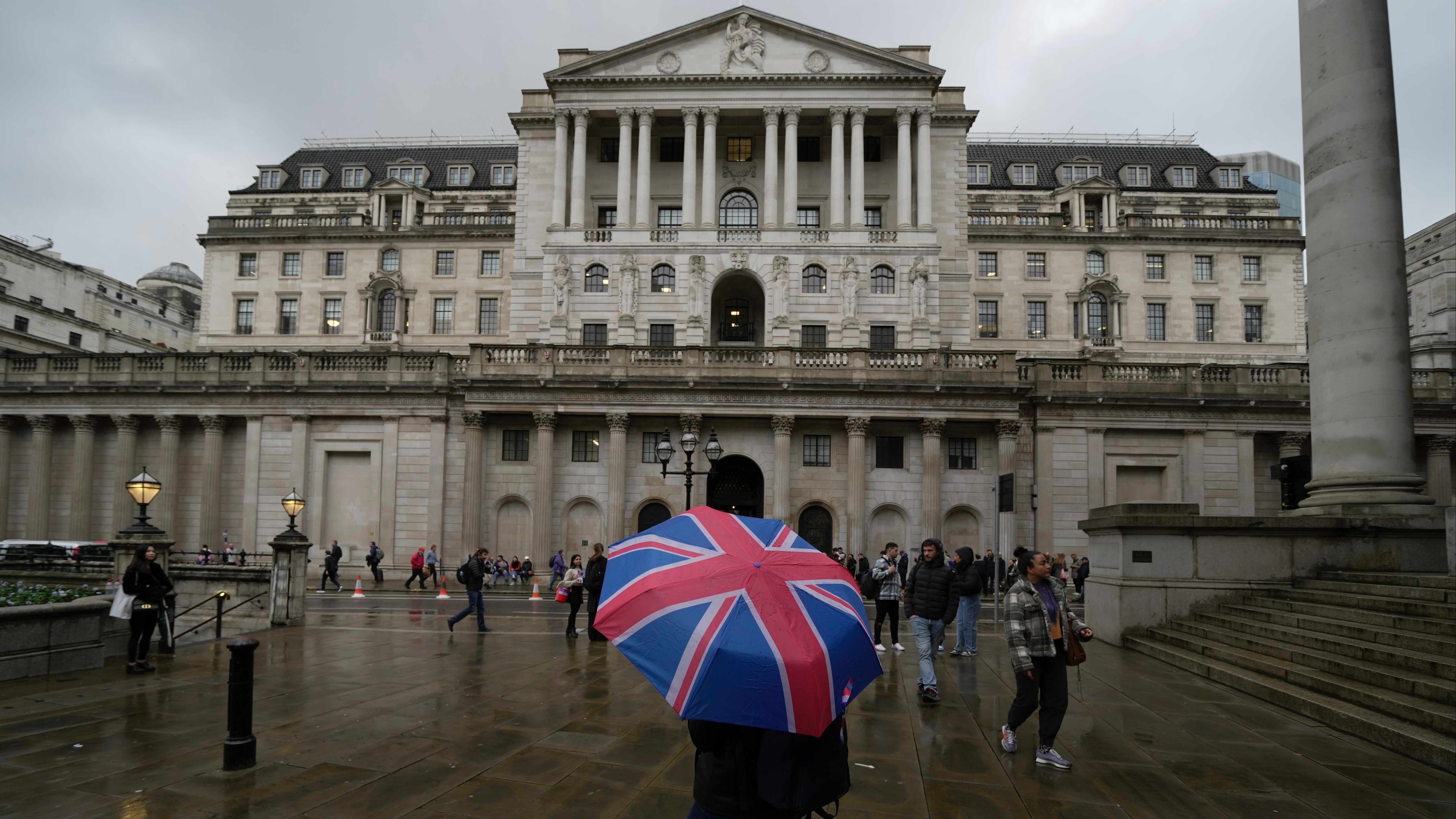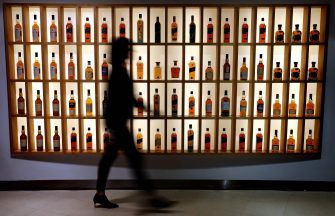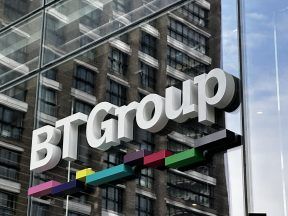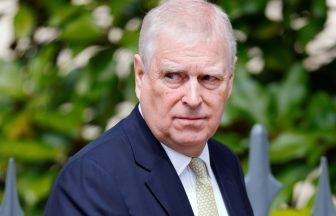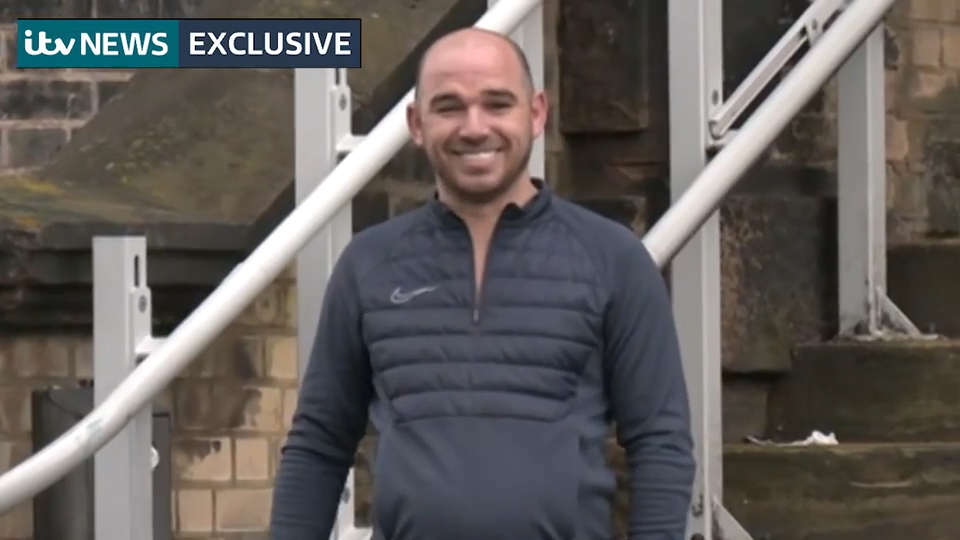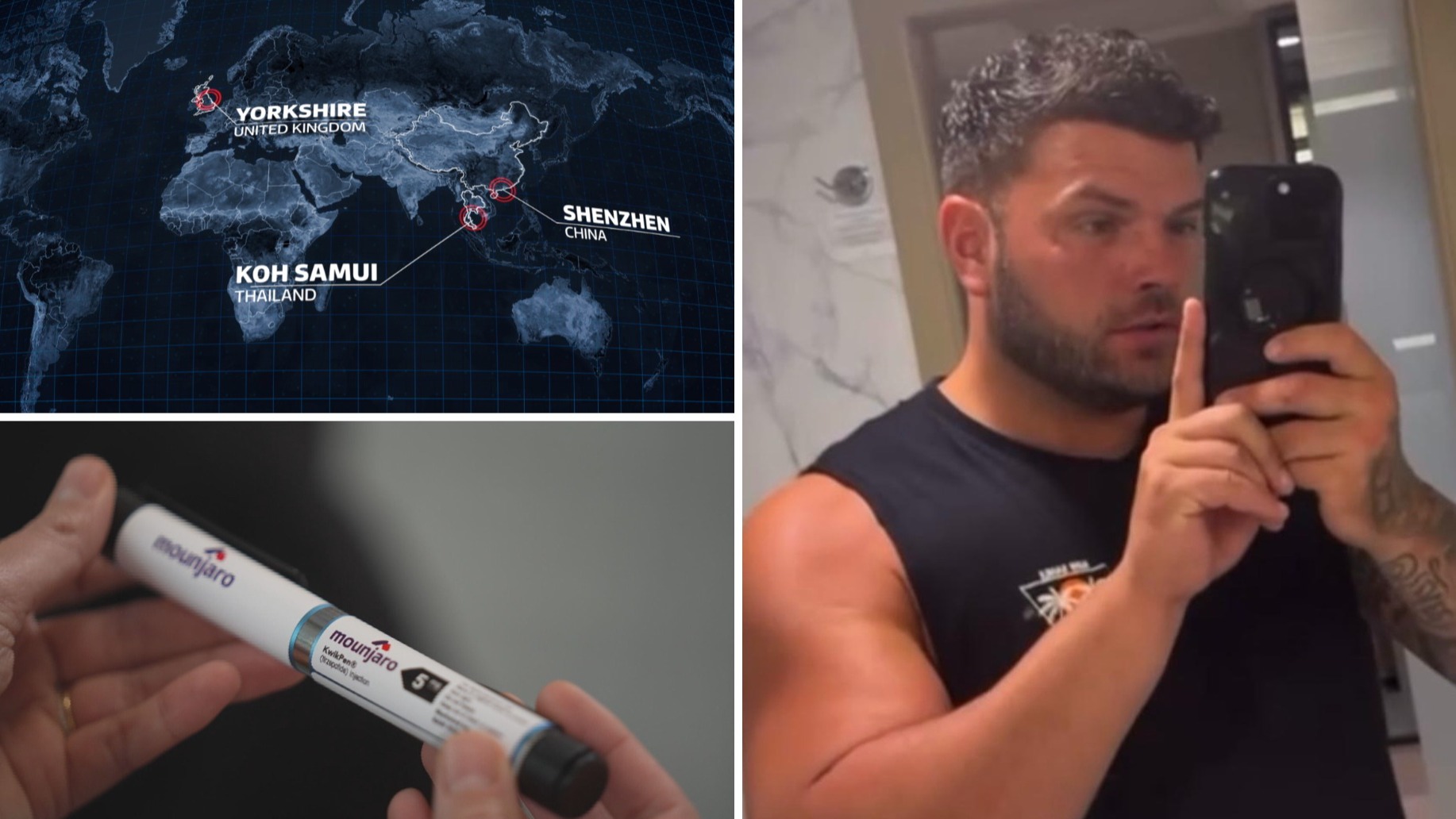The secret meeting to elect the leader of the world’s Catholics is set to begin, bringing with it the intrigue of an ancient system of anonymous voting in Vatican City.
Here is a look at what happens now.
– What is a conclave?
It refers to the secret meeting of cardinals who will gather in the Sistine Chapel to vote for the next pope.
According to the Merriam-Webster dictionary, it comes from the Latin meaning a room that can be locked with a key.
Vatican News – the news website connected to the Church in Rome – said 133 cardinals will take part in this conclave, which begins on Wednesday.
The day will begin with mass attended by all voting cardinals in St Peter’s Basilica, before they enter the Sistine Chapel – and are cut off from communication with the outside world – to begin voting in the afternoon.
– How long might it take?
That is anybody’s guess. Each day, aside from the first, cardinals can vote four times – twice in the morning and twice in the afternoon.
Both of the most recent conclaves, in 2005 to elect Pope Benedict and 2013 to elect Pope Francis lasted just two days.
This conclave could have begun on May 5, but the delayed starting date of May 7 might allow the cardinals to get to know one another better and find consensus on a candidate or at least the frontrunners.
– Who is the next pope likely to be?
Technically, any baptised Catholic man could become the next pontiff, but it is highly unlikely the chosen one would be anyone other than a cardinal.
Only cardinals who were aged under 80 on the day of the pope’s death are eligible to vote but older cardinals not sitting in conclave could be elected.
While there has been much speculation as to the frontrunners, one expert described this conclave as “totally unpredictable”.
UK theologian Professor Anna Rowlands said this is because the make-up of this College of Cardinals is “very different from anyone that’s been here to elect a pope before”, with higher than usual numbers of electors from Africa and Asia, chosen by Pope Francis.
Catholic commentator Georgia Clarke said there is “a tension between wanting a scholar and wanting a pastor”.
She said: “We saw with Pope Benedict we very much had a scholar, and then in Pope Francis we very much had a pastor. Obviously it would be great if we could have both.”
– There must be some favourites though?
As the meeting is secret, it really is just speculation. But among the names being mentioned upon as possible successors are Cardinal Luis Tagle, a 67-year-old from the Philippines who was said to be Francis’s pick for the first Asian pope.
Others include Cardinal Peter Erdo, 72, the Archbishop of Budapest; Cardinal Reinhard Marx, 71, the Archbishop of Munich and Freising; and Cardinal Pietro Parolin, 70, an Italian who has served as Pope Francis’s secretary of state since 2014.
– What about the UK and Ireland’s cardinals?
It is not thought that any of the UK or Irish cardinals are among the favourites to succeed Pope Francis.
Cardinal Sean Brady, Ireland’s only Catholic cardinal, will turn 86 this summer and so is also unable to vote because of his age, as is Cardinal Michael Fitzgerald, from Birmingham, who will turn 88 in August.
Archbishop of Westminster Cardinal Vincent Nichols, from Liverpool, and the leader of Catholics in England and Wales, is taking part in conclave, as is Cardinal Timothy Radcliffe, who is from London.
Aged 75, Cardinal Arthur Roche, from West Yorkshire and based in Rome, is the youngest of the UK and Ireland’s cardinals.
Both Cardinal Radcliffe and Cardinal Nichols appeared to rule themselves out of the running, soon after Francis’s death was announced.
Cardinal Nichols told reporters he was “too old, not capable”, while Cardinal Radcliffe said he believed the Holy Spirit was “far too wise to even think of me (as pope) for the shortest moment”.
Scotland currently has no Catholic cardinals.
There is also Cardinal Kevin Farrell, who is Irish-born but is seen as an American cardinal having ministered mainly in the US.
He has been based in Rome for some years.
Cardinal Farrell was the one to announce the death of Pope Francis and, as camerlengo, has been the senior official ensuring the smooth running of the church until a new pontiff is chosen, including organising the meetings of cardinals preceding the conclave.
– How will we know when a new pope has been elected?
All eyes will be on the colour of the smoke emerging from the chimney of the Sistine Chapel.
The ballots are burned after voting – with black smoke being emitted to indicate no-one has been elected while white confirms a new pontiff.
A two-thirds majority is required for a new pope to be elected.
Catherine Wallis-Hughes, from the Catholic Voices charity mainly involving lay people in the Church, described it as “really beautiful” that everyone will find out at the same time – “the world’s media and someone watching on their mobile phone in Guinea-Bissau, everyone who has access to the internet all together can see that white smoke”.
Once a new pope accepts his election, it is usual that he would appear fairly quickly thereafter on the front balcony of St Peter’s Basilica which overlooks St Peter’s Square.
An announcement in Latin of “Habemus Papam” – meaning “we have a pope” is made alongside the new pontiff’s appearance.
Follow STV News on WhatsApp
Scan the QR code on your mobile device for all the latest news from around the country


